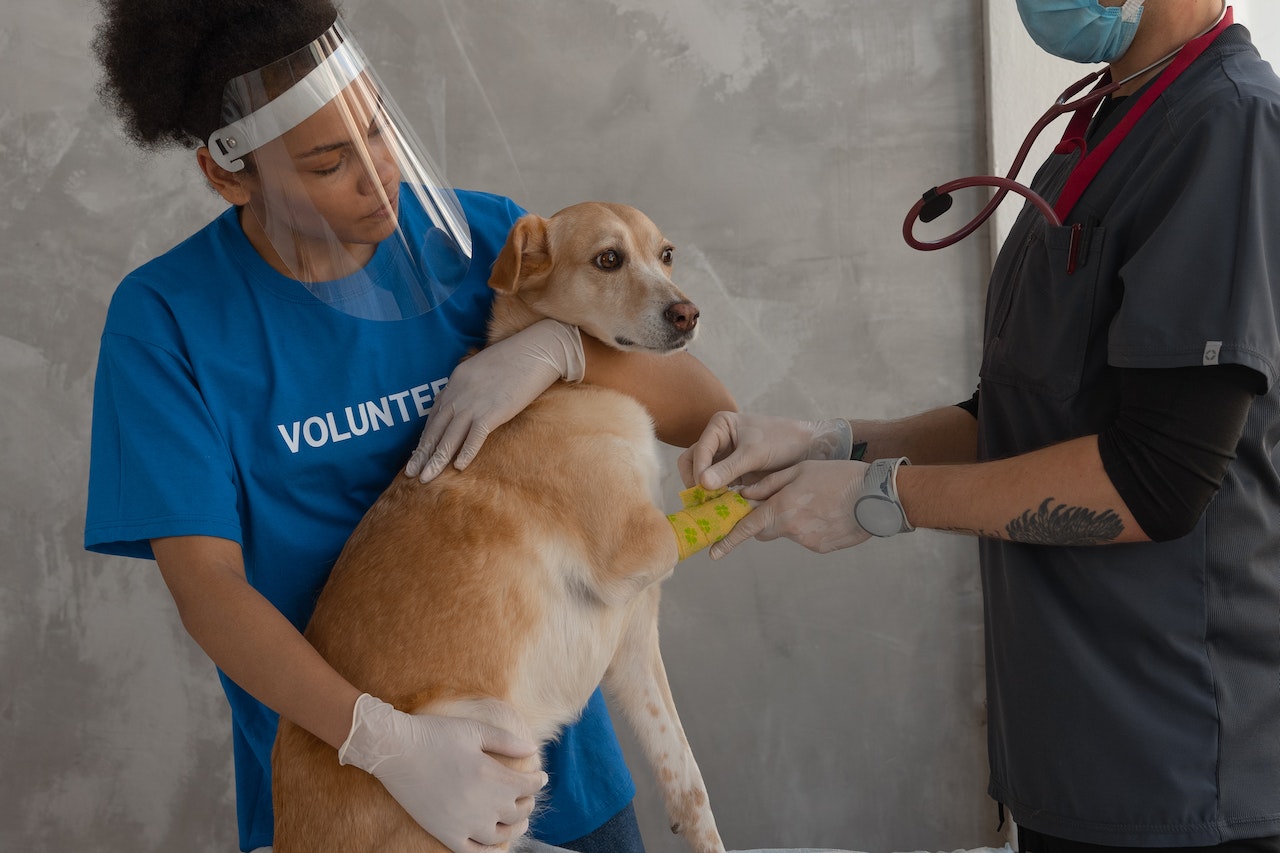
Maintaining a healthy weight is crucial for your pet’s overall well-being and longevity. Just like in humans, obesity in pets can lead to a range of health issues and negatively impact their quality of life. But how can you tell if your pet is overweight? Here are some key indicators, along with valuable advice from veterinarians and supporting data to help you assess your pet’s weight and take appropriate action if needed.
-
Body Condition Score (BCS): The Body Condition Score (BCS) is a valuable tool used by veterinarians to assess a pet’s weight and body composition. It involves visually and manually evaluating their body fat and muscle mass. On a scale of 1 to 9, where 1 is severely underweight and 9 is extremely obese, a healthy pet typically scores around 4 or 5. The BCS helps determine if your pet is at an optimal weight or if they are underweight or overweight.
-
Visual Observation: Take a moment to visually observe your pet from different angles. A healthy weight pet should have a noticeable waistline behind the ribs when viewed from above. From the side, there should be a slight tuck-up in the belly area. If your pet lacks a visible waistline and their belly appears round or saggy, it could indicate excess weight.
-
Difficulty in Movement: Obesity can hinder your pet’s mobility and reduce their stamina. If you notice that your pet struggles to climb stairs, experiences difficulty during walks or playtime, or seems less active overall, it could be linked to being overweight. Difficulty in movement is a clear sign that your pet’s weight may be affecting their physical abilities.
-
Difficulty Grooming: Obese pets may have trouble grooming themselves, particularly in hard-to-reach areas. You might notice mats in their fur or areas that appear unkempt due to their limited flexibility. This can lead to discomfort and hygiene issues for your pet.
-
Weight Gain Over Time: Keeping track of your pet’s weight is essential. Gradual weight gain over time can often go unnoticed, but it can contribute to obesity-related health problems. Regularly weigh your pet and record any changes to monitor their weight effectively.
-
Veterinarian’s Advice: Consulting with your veterinarian is crucial for a comprehensive assessment of your pet’s weight. They can provide professional advice tailored to your pet’s specific needs, including a proper diet plan and exercise regimen. Your veterinarian can also rule out any underlying health conditions contributing to weight gain.

Supporting Data: According to a survey conducted by the Association for Pet Obesity Prevention (APOP) in 2021, an estimated 60% of cats and 56% of dogs in the United States were classified as overweight or obese. These statistics highlight the severity of the pet obesity problem and the importance of taking proactive measures to ensure our pets maintain a healthy weight.
Conclusion
Monitoring your pet’s weight and paying attention to signs of obesity are essential responsibilities of a pet owner. Utilizing tools like the Body Condition Score and seeking guidance from a veterinarian can help you determine if your pet is overweight and develop a plan to address the issue. By taking proactive steps to manage your pet’s weight, you can help them lead healthier, more active, and happier life. Remember, a healthy weight contributes to your beloved companion’s overall well-being and strengthens the bond you share.